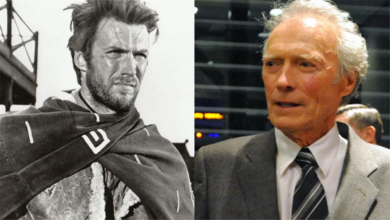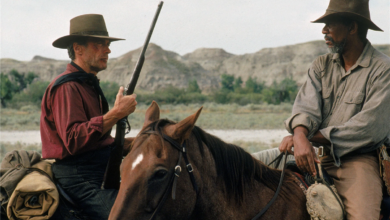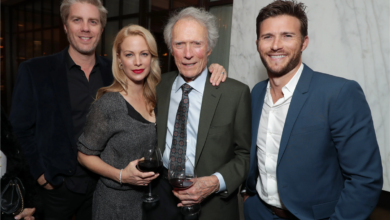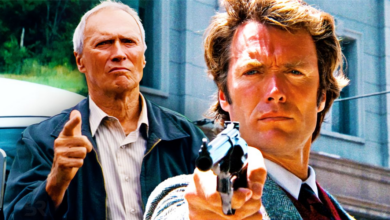Clint Eastwood’s Female-Led Movies Are Also His Most Upsetting
They really do hate to see a girlboss winning in Clint Eastwood movies.
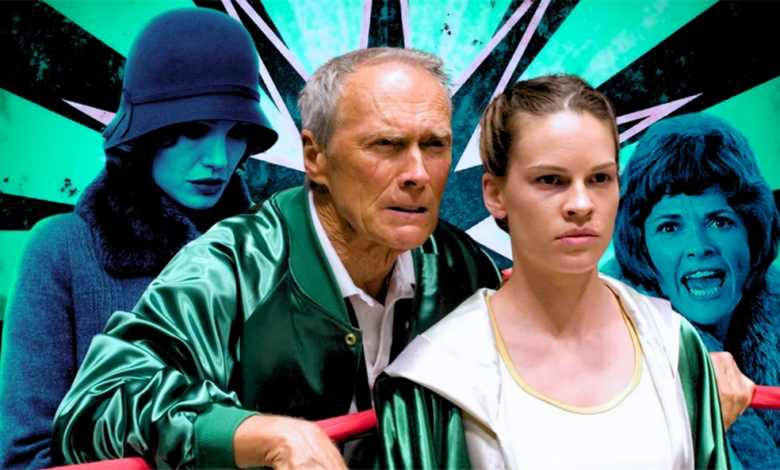
In 1971, the legendary Clint Eastwood made his directorial debut with a movie called Play Misty for Me. It was the opening salvo of what has been a truly remarkable and illustrious career behind the camera. We already knew what he could do as an actor, and we still want to see him on the big screen at least one more time, but the fact he is also an expert artisan of films behind the camera firmly established Eastwood as an eternal Hollywood icon. Since his debut over 50 years ago, he has made dozens of films, and most of them have a thick machismo about them featuring gritty tough guy leads like in Mystic River, Gran Torino, The Outlaw Josey Wales, and the 1992 western epic Unforgiven.
He has also made a handful of military-themed movies that are also heavy on masculine bravado including The Flags of our Fathers, Letters from Iwo Jima, and American Sniper. But on the rare occasion that he takes on a project with a female lead, Eastwood’s films take on a noticeably darker tone. Oscar winner Million Dollar Baby is widely regarded as one of the most depressing Best Picture winners of all time. He collaborated with Angelina Jolie at the height of her powers in 2008 to make the grim Changeling. And his aforementioned debut, Play Misty for Me, is a haunting tale featuring an unhinged female in one of the leads. So why is it that all of these films that feature women are so much more somber and foreboding than all of his other works that rely mostly on dramatic action and taut thrills?
Clint Eastwood Started His Directing Career With a Female-Centered Story
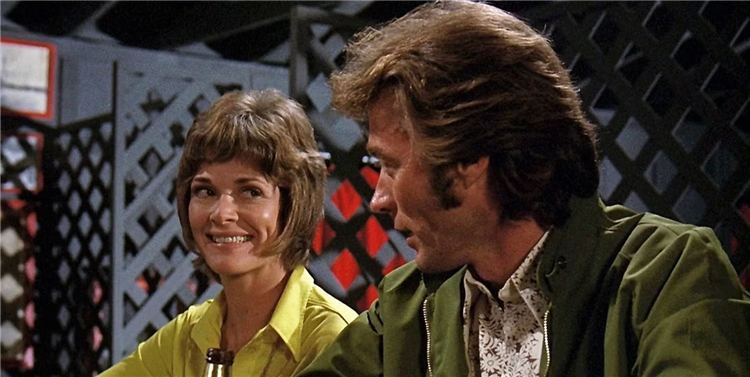
Clint Eastwood was just 41 when he got his first opportunity to helm his own film starring opposite Jessica Walter in the well-made, but dark psychological thriller Play Misty for Me. Walter plays a crazed, psychopathic fan of Eastwood’s Monterey Peninsula area radio disc jockey character, Dave Garver. Walter is fantastic and was nominated for a Golden Globe for Best Actress as the psychopathic stalker Evelyn Draper who becomes obsessed with the laid-back and bluesy DJ Garver as an anonymous caller who repeatedly requests the song “Misty” over the airwaves before taking to physically seeking out Dave for what she perceives to be a much more intimate relationship than it actually is.
The two end up engaging in a one-night stand that triggers a psychotic episode when her affection goes unrequited. Of course, stalking wasn’t really considered an actionable offense until many years later, so her unwanted advances and surreptitious encounters with Garver aren’t enough to get the police involved before threatening bodily harm which comes later in the film. It is noteworthy that Eastwood’s very first time behind the camera would feature a woman set within a very ominous lens. The legend would move on to direct a variety of differently themed pieces over the next five decades, but it all started with portraying female leads in the throes of a very grim tone.
‘Million Dollar Baby’ Is the Most Depressing Best Picture Winner
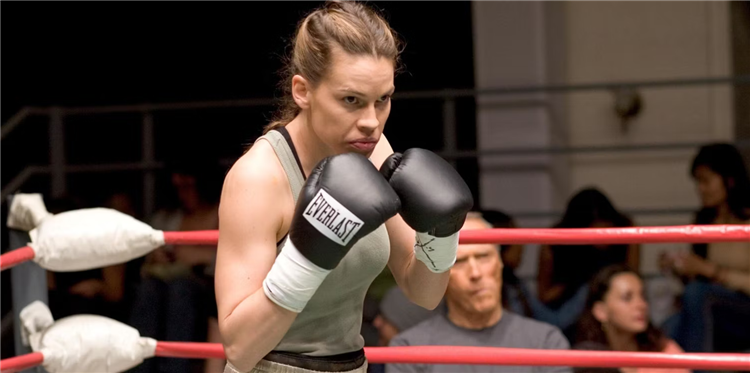
When Eastwood took on the story of a female boxer who quickly rises through the ranks of the women’s ranks in the 2004 Academy Award-winning film Million Dollar Baby, it was another outlier in that it was driven by Hilary Swank as the tougher-than-advertised pugilist, Maggie Fitzgerald. It was Eastwood’s first foray into a female-driven story since 1971 and while it’s a terrific and compelling story, it is widely considered the most depressing Best Picture winner ever made. The rags-to-riches story of the scrappy Fitzgerald is inspiring and empowering until the horribly tragic and bizarre moment when she breaks her neck on the corner stool after being hit with a cheap shot after the bell. From there on, the downward spiral of Frankie Dunn’s (Eastwood) prizefighting phenom, who is now a quadriplegic and unable to breathe without the assistance of a ventilator, is beyond heartbreaking and can be very hard to watch. When her family is introduced as little more than a motley crew of greedy and uncaring gold diggers, it almost feels as if Eastwood is piling it on the viewer all the way up until the euthanized coup de gras performed by the actor/director himself when he mercifully puts her out of her misery. It’s a testament to Eastwood’s directing chops that he could tell such a harrowing and heart-wrenching story and still capture the awe of the Academy to the tune of its most prestigious prize.
‘Changeling’ Is Horrific in Its Story and the Misogyny It Reflects
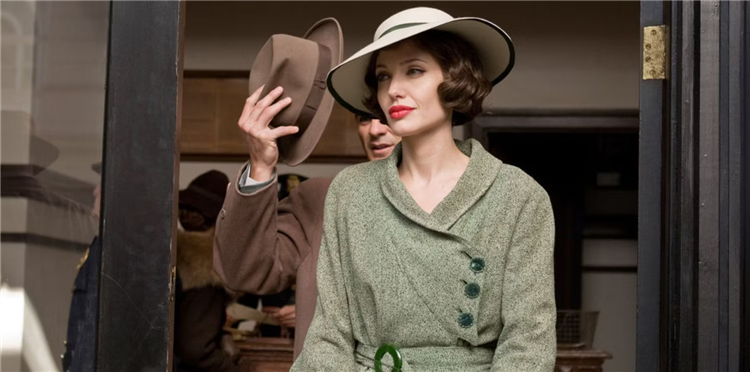
By 2008, Angelina Jolie was clicking on all cylinders as an A-list superstar. She conquered the action thriller genre with Lara Croft: Tomb Raider in 2001 (which made a whopping $275 million) and a successful sequel two years later in Lara Croft: Tomb Raider – The Cradle of Life that is considered by many to be an improvement of the first film. So when she joined forces with Eastwood for Changeling just a few years later, she was looking to secure a spot in the rare but heady club of heroic female leads directed by the veteran filmmaker. And she did an admirable job, garnering an Academy Award nomination for Best Actress. But it is the haunting story and discordant tonal delivery of the mystery crime film that stands out above all else.
Set in the years just before the market crash and Great Depression of the 1930s, Jolie plays Christine Collins, a mother of a young boy thought to have been dead only to be returned to her several years after his disappearance. When she comes to believe that the boy is not actually her son, noting several physical discrepancies between the two, she is met with a skeptical audience composed mostly of men who not only don’t believe her but discredit her to the point of questioning her mental stability even going so far to accuse her of being an unfit mother. The film is an unfortunate reflection of the period but is no less disheartening that a woman and mother would fall under such derision over something so fundamental as the identity of her own child. It is a disturbing story marked by the equally disturbing and rampant misogyny.
Why Does Eastwood Tell Such Dark Female Stories?
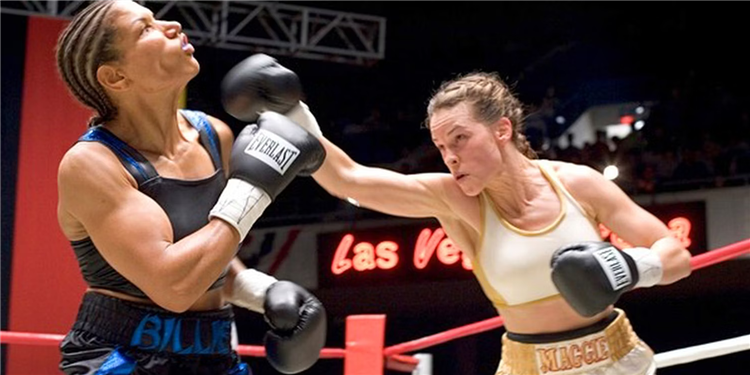
Throughout his very long and illustrious career, Eastwood has directed more than 60 films. The director has always been drawn to drama and the intensity that is inherent within the genre. So, does the fact that the only female-led films he made are relentlessly bleak make them outliers in his filmography? We don’t think so. It was likely the story that drew Eastwood to the project and the opportunity to work with elite actresses like Walter, Swank, and Jolie more so than a conscious effort to thematically pigeonhole his heroines. These are all excellent movies and the female leads were all recognized by the industry for their stellar portrayals of three very different archetypes. The fact that they are more morbid and uninviting tonally is little more than coincidence. If the Bradley Cooper character of Chris Kyle in American Sniper had been an equally impressive and decorated female sharpshooter, we believe Eastwood would have told the same story about a war hero. It is and always has been about telling a captivating story for the Hollywood icon.

